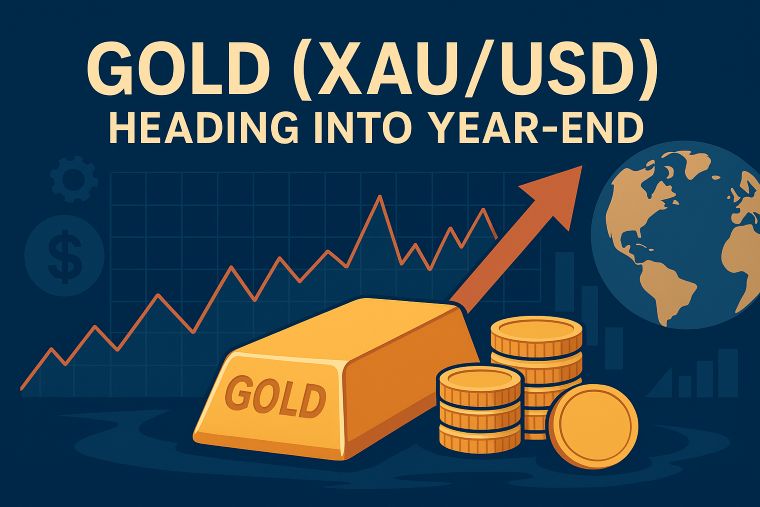4 min to read
Unyielding Dollar Strength Exerts Pressure as Pound Struggles Amid Inflation Indicators
The forex market in London is grappling with persistent pressure from a resolute US dollar.

“Unyielding Dollar Strength Exerts Pressure as Pound Struggles Amid Inflation Indicators.”
The forex market in London is grappling with persistent pressure from a resolute US dollar. Notably, the New Zealand dollar has witnessed notable selling pressure against its US counterpart, driven by the Reserve Bank of New Zealand’s announcement of a 25 basis point interest rate hike, along with hints of a pause in future rate increases. The selling pressure on the New Zealand dollar, which commenced with the Tokyo morning session, has continued to impact the London market. It has resulted in a substantial decline against the US dollar, tumbling from the mid-0.62 level to the lower 0.61 range. This downward trajectory has been identified as a pivotal driver behind the prevailing dollar buying pressure in the market.
In contrast, the pound-dollar pair initially experienced buying momentum. Despite the UK’s April consumer price index declining from 10.1% to +8.7% year-on-year, it exceeded market expectations of +8.2%, thereby triggering increased demand for the pound. Consequently, the pound-dollar pair rallied to approximately 1.2470. However, it subsequently faced a decline accompanied by the US dollar’s strengthening, reaching a nadir of around 1.2360. The euro-dollar pair witnessed buying interest, briefly reaching 1.0795, only to face resistance below the 1.08 level, eventually sliding below 1.0750. Germany’s May Ifo Business Climate Index recorded 91.7, considerably lower than both the previous reading of 93.4 and market expectations of 93.0. The German central bank anticipates modest growth in the country’s economy during the second quarter, narrowly evading a recession. European stocks have experienced a substantial downturn, with US stock futures also entering negative territory. As concerns over inflationary pressures persist, the preceding upward movements are undergoing adjustments. Moreover, concurrent with the robustness of the US dollar, a yen appreciation trend has emerged. The euro-yen pair witnessed buying interest, initially surging towards the mid-149 level before retreating to around 148.80. Similarly, the pound-yen pair observed buying activity, rising to approximately 172.80, followed by a decline towards 171.20. As of now, the pound remains situated within the 171 range. The dollar-yen pair experienced a decline to around 138.20, subsequently rebounding to approximately 138.70. However, its current trajectory remains ambiguous, with fluctuations around the 138.50 level.
Within the forex market, the dollar-yen pair is currently trading around the mid-138 range. Initially declining to approximately 138.23 during the early hours of the London session, it later rebounded to roughly 138.73. At present, it has stabilized around the 138.50 level. The yield on the US 10-year Treasury note has fluctuated within the range of around 3.68% to 3.72%, remaining bounded by the previous day’s closing figures. While European stocks have encountered significant declines, the direction of crude oil futures has shown a mixed pattern, with sporadic buying interest observed.
Meanwhile, the euro-dollar pair is currently positioned within the upper 1.07 range. Initially surging to approximately 1.0795, it encountered downward pressure driven by the strengthening US dollar, eventually reaching a trough near 1.0748. Currently, it has found a slight stabilization at its present levels. Turning attention to the euro-yen pair, it witnessed an initial buying spree, peaking around 149.58, before transitioning into a selling mode that brought it down to a low of about 148.84. Subsequently, it made a recovery, reclaiming the mid-149 range, showcasing notable volatility. In the pound-euro pair, market participants favored the euro for purchasing. Despite the German business climate experiencing a more substantial deterioration than anticipated, the German central bank has emphasized the enduring presence of inflationary pressures.
Conversely, the pound-dollar pair is presently trading within the lower 1.23 range. Following the morning release of the UK’s Consumer Price Index (CPI) data, which displayed a decrease compared to the previous reading but surpassed market expectations, the pound-dollar pair ascended to approximately 1.2470. Regrettably, the buying momentum could not be sustained, resulting in a subsequent decline. Briefly, it dipped to around 1.2364, nearing its recent low. Similarly, the pound-yen pair witnessed buying interest, driving it to approximately 172.80 before retreating to approximately 171.23. Nevertheless, the descent has found stability, with the pound hovering within the 171 range. In the pound-euro pair, selling pressure initially pushed it below the 0.8650 threshold. However, a swift shift in sentiment transformed it into buying pressure, propelling it to around 0.8701, approaching its peak. Overall, the pound has been demonstrating a feeble performance.
Visit XM Official Website.

